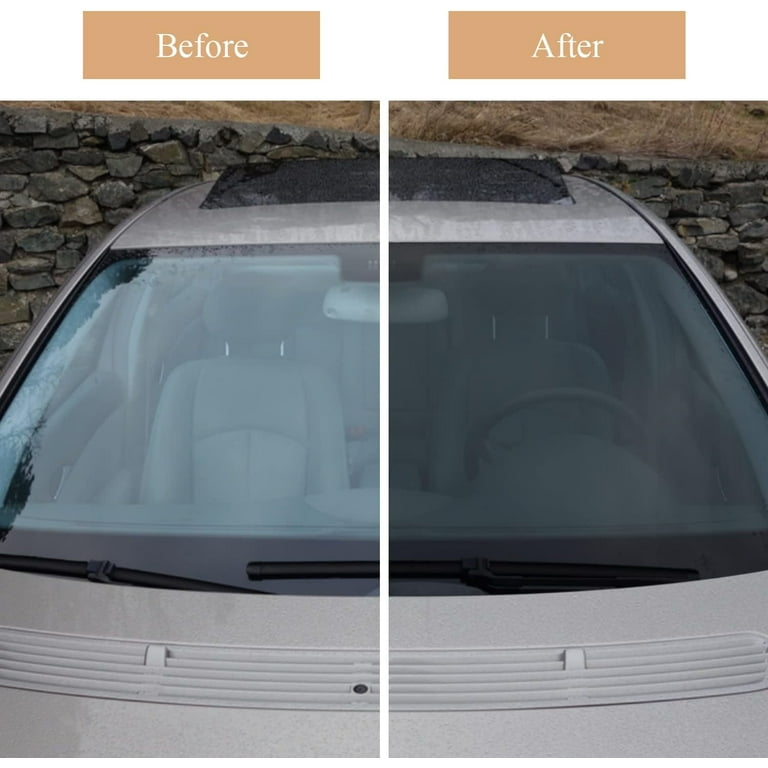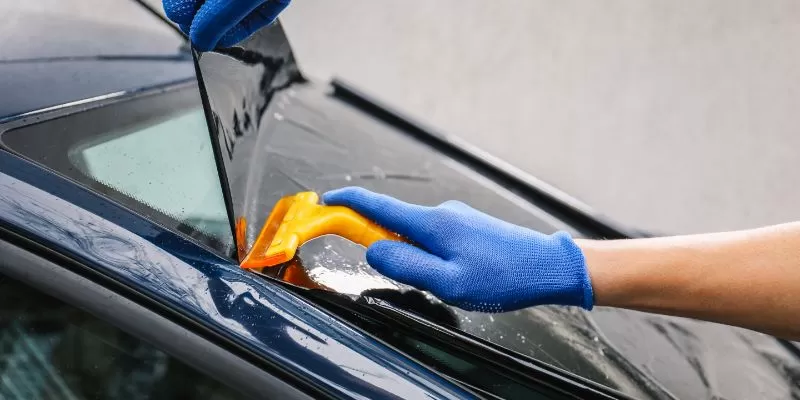Auto Window Tinting for Enhanced Security and Minimized Break-Ins
Auto Window Tinting for Enhanced Security and Minimized Break-Ins
Blog Article
Home Window Tinting Regulations and Guidelines: What You Need to Know Before Tinting Your Automobile
Before waging window tinting for your car, it is vital to acquaint yourself with the varied legislations and standards that control this practice throughout different states. These laws determine the acceptable levels of tint darkness, often measured by visible light transmission (VLT) percents, and include specific terms for front windshields targeted at making certain roadway safety and security. In addition, particular territories may use medical exceptions for people with qualifying conditions. Understanding these complexities can conserve you from potential lawful ramifications, but what are the specific regulations in your state?
Review of Window Tinting Laws
Window tinting legislations are often based on variant across various territories, mirroring neighborhood regulations and safety and security considerations. These regulations determine the acceptable degrees of tint darkness and reflectiveness on car home windows, guaranteeing that drivers keep ample exposure while also securing against hazardous UV rays and heat.
Many laws classify window tinting based on the Visible Light Transmission (VLT) percentage, which indicates the amount of light that can go through the window. Normally, lower VLT percentages indicate darker colors. Regulations frequently separate in between the front, side, and rear windows, with more stringent restrictions related to the front windscreen to improve safety for both the vehicle driver and various other roadway users.
Conformity with window tinting regulations is essential, as offenses can result in penalties, required elimination of the tint, and possible increases in insurance coverage costs. It is vital for lorry owners to familiarize themselves with neighborhood laws before proceeding with home window tinting installations.
State-by-State Tint Regulations
Comprehending the specific window tinting guidelines in each state is important for lorry owners looking for to follow the law. Each state in the U.S. has actually established its very own collection of rules regulating home window tinting, which can differ considerably. These guidelines usually determine the allowable levels of tint darkness, the sorts of home windows that can be tinted, and any medical exemptions that might use.
For example, states like California have strict restrictions on tint darkness for front windows, while others, such as New Mexico, may enable darker colors. In addition, certain states mandate specific visibility portions for different home windows, consisting of the windscreen, front side home windows, and rear windows. It is vital for auto proprietors to familiarize themselves with their state's legislations to prevent possible penalties or fines.
Moreover, some states may need a certification sticker label to be positioned on colored windows, suggesting compliance with state legislations. Failure to stick to these regulations not only risks legal effects but can additionally influence safety and presence while driving. Automobile proprietors ought to perform complete study or get in touch with neighborhood authorities to guarantee full understanding and conformity with state-by-state color policies.
Allowed Tint Degrees and Types
Several automobile owners may be stunned to discover that permitted color levels and kinds differ widely throughout various states. Each state has developed its very own guidelines concerning the permissible darkness and reflectivity of home window tint, often gauged by Visible Light Transmission (VLT) portions. VLT refers to the amount of light that can travel through the tinted windows; thus, a reduced percentage shows a darker tint.

In addition, the sorts of color products allowed can differ, with some states restricting metal or mirror-like finishes. It is vital for automobile proprietors to familiarize themselves with their state's details laws to guarantee compliance. Non-compliance can lead to penalties, compulsory removal of the color, or other legal effects, making it necessary to understand these regulations prior to waging setup.
Medical Exemptions for Tinting
While not all states supply allowances for clinical exemptions concerning home window tinting, those that do identify the need for particular individuals to boost exposure and convenience as a result of medical problems. Numerous clinical problems, such as lupus, skin cancer, and specific eye problems, can provide individuals especially delicate to sunshine. These people may call for darker colors to safeguard themselves from unsafe UV rays and glow.

It is vital to note that despite a clinical exception, there might still be constraints on the level of color permitted. Compliance with state laws guarantees that people are both safeguarded and within legal limitations. Those taking into consideration medical exemptions ought to call their neighborhood Department of Motor Cars or equal authority to comprehend the needs and procedures required to get an exception properly.
Fines for Non-Compliance
Falling short to abide with home window tinting laws can result in substantial penalties, which vary by state. Law enforcement agencies are encouraged to release citations for vehicles that do not abide by the defined tinting regulations. These penalties typically consist of penalties, which can vary from moderate quantities to numerous hundred bucks, depending upon the intensity of the offense and the state click now in inquiry.
In some territories, duplicated offenses might lead to rising penalties or additional fines, such as mandatory court appearances. Non-compliance might demand the removal of prohibited tinting, usually at the proprietor's expenditure. In severe situations, regular wrongdoers might deal with suspension of their lorry enrollment up until compliance is achieved.
In addition, insurance policy effects may occur from receiving numerous citations for home window tint violations. Insurance firms might view such infractions as a sign of riskier habits, possibly causing boosted premiums or trouble in coverage.
To avoid these fines, it is important for like this automobile proprietors to familiarize themselves with their local home window tinting legislations and guarantee that their vehicle complies (Window Tinting). This aggressive method not only stays clear of legal implications however additionally promotes roadway safety
Conclusion

The majority of regulations classify home window tinting based on the Visible Light Transmission (VLT) percent, which shows the quantity of light that can pass through the window. Conformity with home window tinting regulations is vital, as violations can result in penalties, obligatory elimination of the color, and possible increases in insurance coverage costs.Recognizing the specific home window tinting policies in each state is essential for vehicle owners seeking to comply with the regulation. These policies often dictate the allowable levels of color darkness, the types of windows that can be tinted, and any type of clinical exceptions that might use.
For circumstances, states like The golden state have stringent restrictions on tint darkness for front home windows, while others, such as New Mexico, might permit darker tints.
Report this page